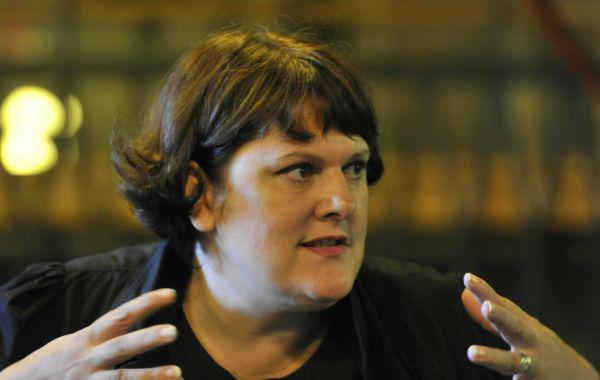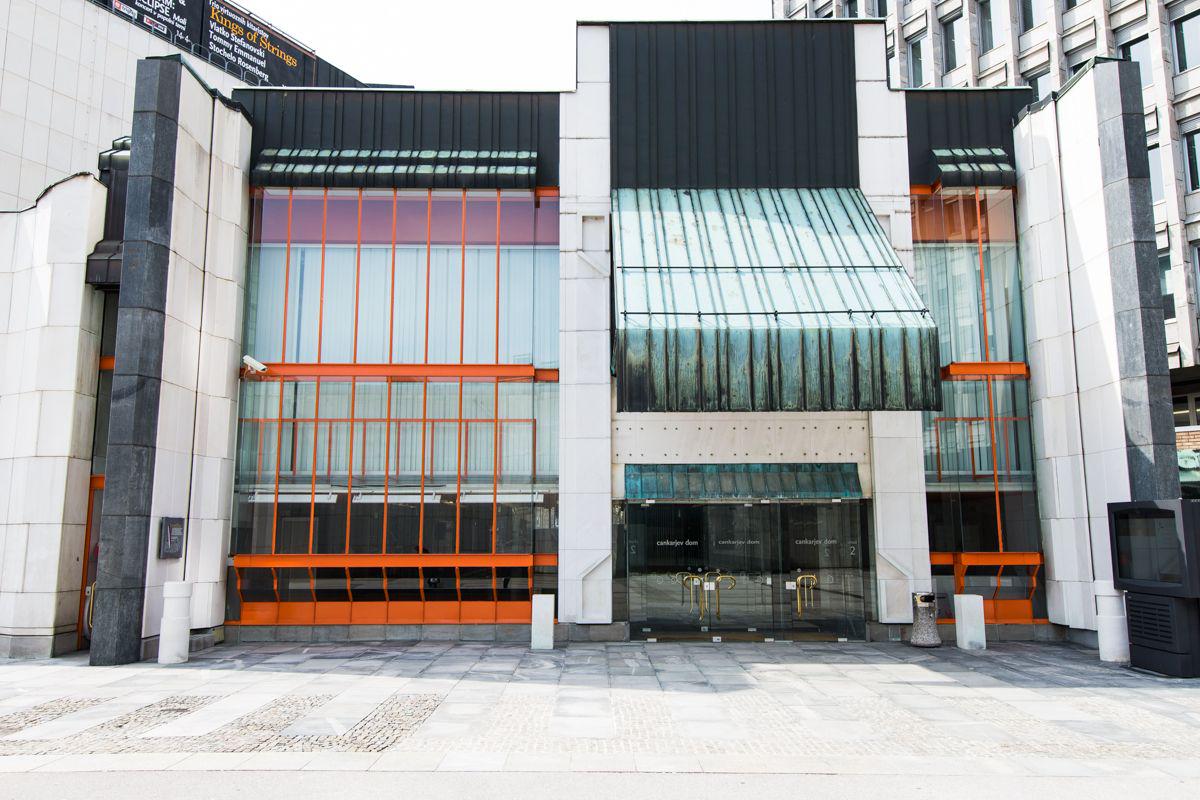

"The structure of such a large cultural centre as Cankarjev dom is very complicated," admits Uršula Cetinski. "This is why the decision to apply for the directorship was not made in haste, but after a careful consideration."
What are your first impressions, and what difficulties and challenges do you expect?
I consider the appointment as recognition of my current work in culture, which gives me a lot of motivation for future challenges. My first impressions were in a way expected, since I worked at Cankarjev dom until 2006, when I became the director of Mladinsko Theatre. Several years ago, I was also the theatre and contemporary dance programme manager in Cankarjev dom.
There have been many changes in the field of culture in Slovenia between 2006 and now. Many new institutions and cultural centres, such as Kino Šiška and Španski borci cultural centre, were established in Ljubljana alone, which brings new challenges into the broader environment for me personally and for the institution. With the change in the cultural environment in Slovenia, Cankarjev dom also lost its monopoly in a way, but it still has many advantages over other cultural centres. It combines various branches of art under one roof: music, film, fine arts, theatre, humanist arts and cultural education. Cankarjev dom also has many possibilities for international cooperation, and undoubtedly opens Slovenia to the world. The people who designed it in the last century were visionaries. We will be celebrating its 40th anniversary soon, and it is right that the vision for such a cultural centre remains ambitious.
What can be enjoyed at Cankarjev dom?
In terms of number of events, music is the most widely represented in Cankarjev dom. Theatre and dance programmes focus on the work of Slovenian artists who realise their ideas in co-production with Cankarjev dom. The film programme has opened its doors widely to the greatest modern film directors. Exhibitions in the gallery have featured great names such as Picasso, Rembrandt, Schiele and others. Art programmes are upgraded by humanist art and events discussing various philosophical, anthropological, ethnological, linguistic and other issues. The numerous round tables and discussions always receive a great response and provoke vibrant exchanges of opinion. Cankarjev dom also provides cultural education for young generations. Annual festivals play an important role in the programme of Cankarjev dom (LIFFe, Documentary Film Festival, Druga Godba, City of Women Festival, Exodus International Festival of Contemporary Performing Arts, Gibanica (Moving Cake) Festival of Slovenian Dance and Transgenerations Festival of Youth Creativity). The Slovenian Book Fair is also one of the regular projects.
Mitja Rotovnik was the director of Cankarjev dom for many years. How does your vision differ from his?
The guidelines remain similar, since the mission of the institution, which remains the same in principle, must be followed. My predecessor led Cankarjev dom for 30 years in two different social systems and two different countries. I will make changes in the way things are managed and in certain specific aspects. For example, I would like to enhance the programme of the Ljubljana Jazz Festival. Then I see many opportunities for improving the Documentary Film Festival. There are also many challenges in the field of classical music. We also have many plans for fine arts, whereas the programmes of theatre and particularly contemporary dance have to be established anew.
I understand that you have very ambitious projects in mind.
That’s true. Cankarjev dom has a great symbolic significance for Slovenia. It has always been a place for key events related to the culture and life of Slovenian society. I have great trust in my colleagues and I believe that, thanks to their professionalism, we can be ambitious. Great steps forward will undoubtedly be made in the field of performing arts. We are planning to host the National Beijing Opera Company with the Monkey King opera. We are also planning a visit by a theatre group from Versailles which features horses in its performances. These are both very attractive performances, and we expect that not only citizens of Ljubljana or Slovenians but also foreigners will be in the audience.
So you are looking for spectacular performances and great projects with a wide response?
To sum up, I want Cankarjev dom to become a centre for performances and events which cannot be offered or organised anywhere else. We are looking for original and innovative options. We will also continue with Slovenian co-productions between theatres and others.
Is congress activity also important?
Of course, we are one of the largest institutions in Europe, with beautiful facilities extending over 36,000 m2. Cankarjev dom has been splendidly renovated recently. Our moving stages, acoustics, organ, equipment and culinary offer are competitive. Our premises are frequently leased by many embassies and companies for various events.
How will you attract more Slovenian and foreign visitors?
We can be pleased that our visitors are not only Slovenians. I think it is important that an institution is a pleasant place for visitors. Cankarjev dom also has to try to become a social place, and we will also focus on our culinary offer. We would like to be involved even more in the surrounding architecture and the environment, i.e. Republic Square and the Council of Europe Park. We are also planning to revive the terrace on the roof. Our goal is to maintain the symbolic and historical roles of Cankarjev dom for Slovenia.
Tanja Glogovčan, SINFO

































































